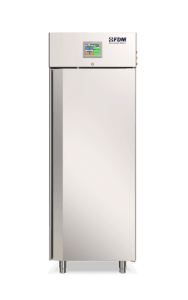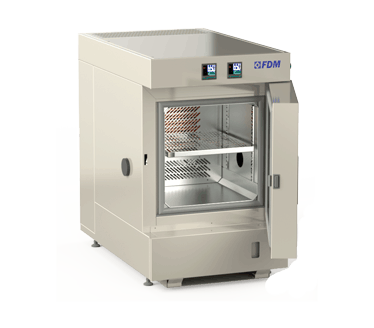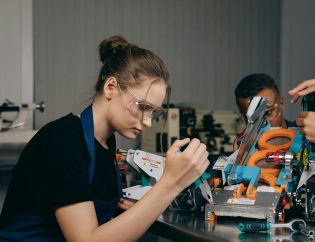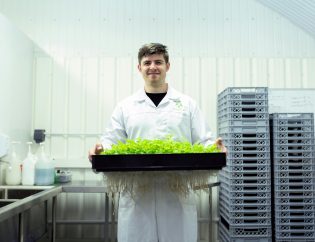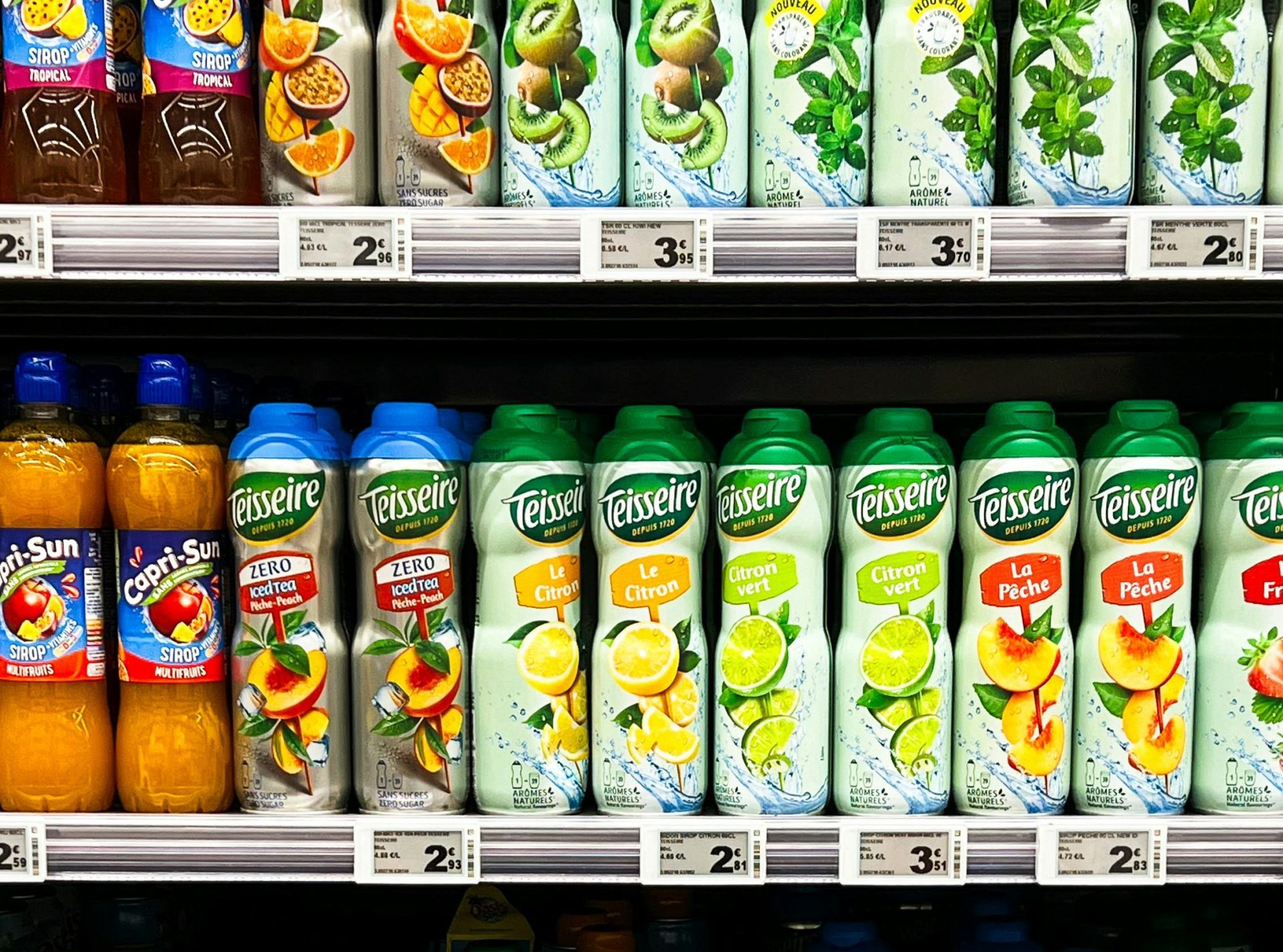
A product's stability is one of the most important characteristics to test in the laboratory, especially in the pharmaceutical, cosmetic, and food industries.
For this reason, there are tools and testing methodologies that allow controlled temperature and humidity conditions to be reproduced over time.
One of the most widespread practices is stability chamber cycles, which simulate static or variable scenarios to evaluate the resistance of a material or formulation to different environmental conditions.
What is a Stability Test?
A stability test is an experimental procedure that measures a product's ability to maintain its characteristics over time.
For example, in the case of a drug, it is observed whether the active ingredient maintains its efficacy, safety, and purity throughout its declared shelf life.
The same principle applies to cosmetics, supplements, and foods, which must withstand very different storage and transport conditions.
What is a Stability Chamber?
Stability testing is performed inside a stability chamber, also known as a climate chamber, an instrument designed to recreate controlled and constant environmental conditions.
Inside climate chambers, it is possible to set, alter, and monitor the main environmental variables—namely, temperature and relative humidity—which can be kept stable or programmed to vary cyclically.
This type of equipment allows for the simulation of months or years of storage in a short period of time, accelerating analysis and providing comparable and reproducible data.
Perform
Climate Stress
Discover the new series of Climate Chambers for controlled climate testing
What is a Static Stability Test?
Static testing involves maintaining constant environmental conditions for the entire duration of the test.
Si parla di valori tipici come 25 °C ± 2 °C / 60 % RH ± 5 % per studi a lungo termine, o 40 °C ± 2 °C / 75 % RH ± 5 % per studi accelerati. L’obiettivo è osservare come evolve il prodotto in condizioni fisse e verificare se mantiene le caratteristiche dichiarate per il periodo stabilito.
What Are Stability Chamber Cycles?
Unlike static testing, stability chamber cycles involve programmed variations in temperature and humidity, reproducing environmental fluctuations similar to real-world conditions.
A typical example is alternating between 25°C/60% RH and 40°C/75% RH every 48 hours. This approach is essential for testing a product's resistance to thermal shock, international transport conditions, or climate changes. It allows for the identification of degradation phenomena that would not emerge under static conditions.
International Standards for Stability Chamber Cycles
The conduct of stability tests is governed by specific regulations.
In the pharmaceutical sector, the main ones are the ICH Q1A(R2) guidelines, which define the conditions and duration of long-term, accelerated, and intermediate studies.
Other relevant standards include the FDA in the United States and the EMA guidelines in Europe. These documents establish not only the environmental parameters to be applied, but also the minimum test duration and validation procedures, thus ensuring international comparability of results.
You cannot find the ideal chamber for your test?
Create your own environment, according to any test requirement
FDM Stability Chamber Cycles
FDM climatic chambers are designed to perform both static tests and programmed stability cycles.
Thanks to high-precision control systems, such as our innovative revoFACE programmer, they can maintain temperature and humidity with minimal deviations while simultaneously programming complex variation sequences.
Download the technical white paper below and don't hesitate to contact us for more information!
Would you like to receive a quote or do you have questions about the product?
Contact us to receive more information about this Product.


